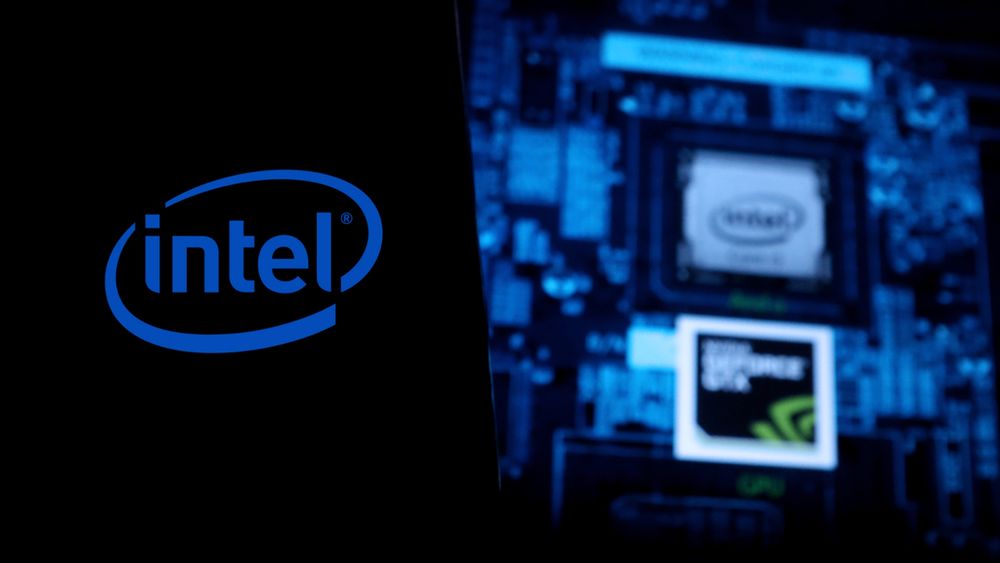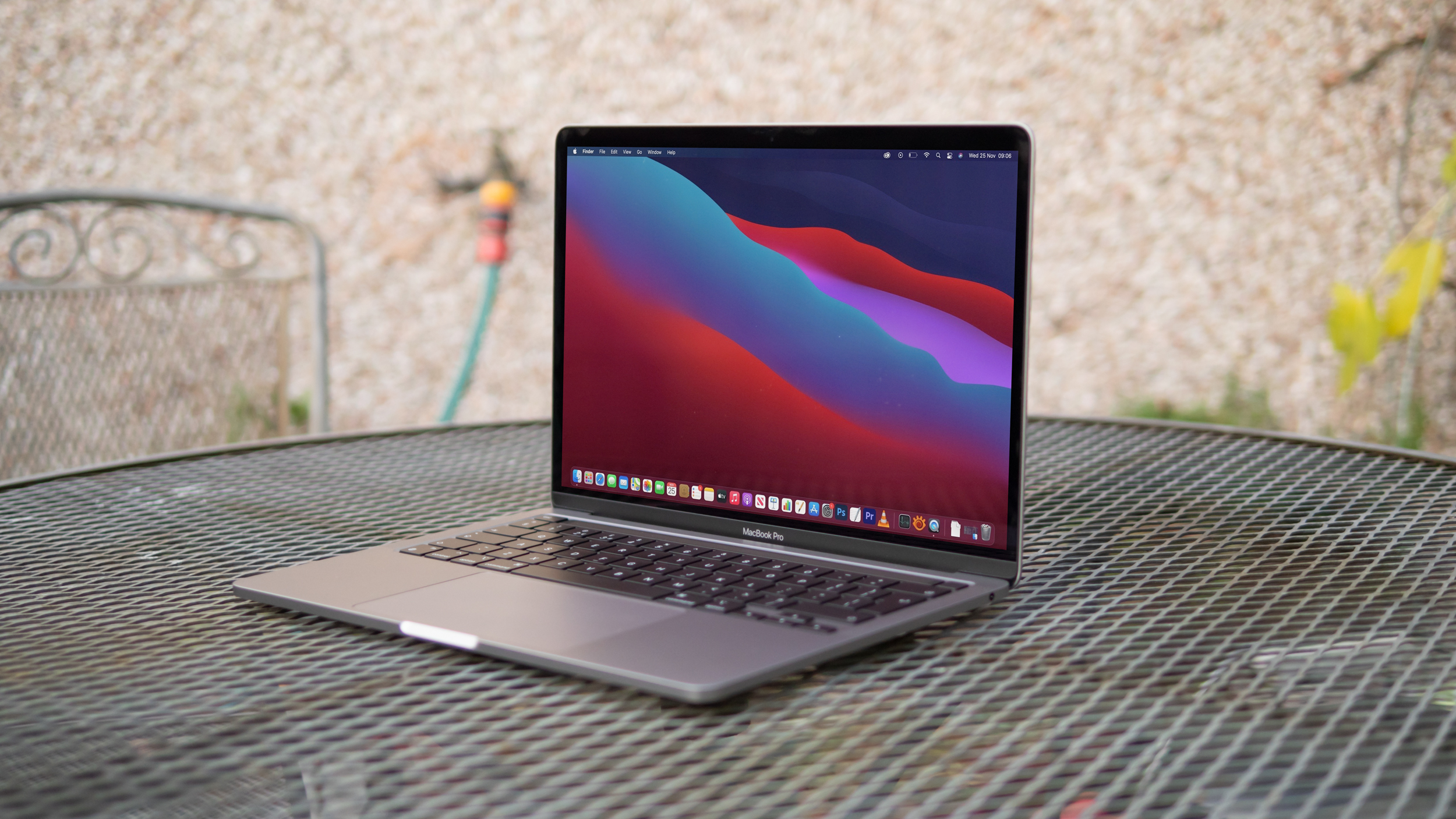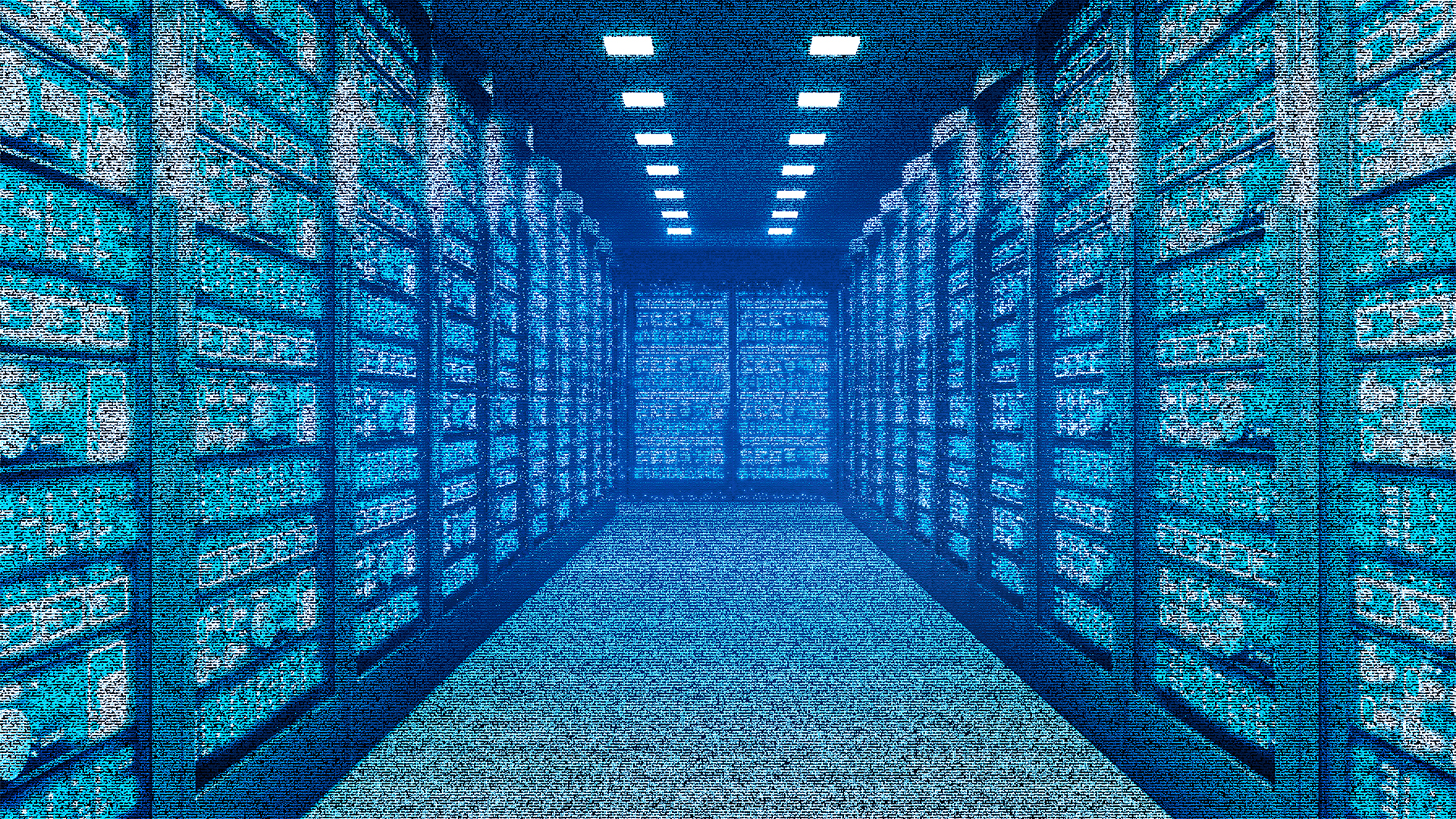Intel needs to start living up to its reputation
To fend off the competition, the chipmaker needs to get back to innovation for its own sake


Another CES has come and gone, and this year’s show was markedly less interesting than usual. In most years, the unveiling of a batch of Intel processors would be one of the expo’s principal highlights, but while the company made a handful of announcements virtually, there seemed to be a lot less buzz about them. Part of that might be the fact that, due to COVID-19 concerns, they had no physical presence on the show floor. I suspect, though, the biggest factor in the lack of excitement is that, for the past few years, the chipmaker’s output simply hasn’t been that compelling.
Although Intel was once the unquestioned ruler of the chip industry, several years of engineering frustrations have given its rivals room to catch up. Longtime rival AMD, in particular, has launched a convincing challenge, with three successive generations of its flagship Zen microarchitecture which have rivalled (and often beaten) Intel on price point, core count and multi-core performance.
While Intel has only recently managed to move on from a 14nm fabrication process to 10nm, AMD has unveiled 6nm chips, promising a continued fight for silicon superiority. The same is true of the server segment, where AMD’s EPYC chips offer similar price/performance benefits in comparison to Xeon-based platforms.
More importantly, what was previously a two-horse race has now expanded considerably. When Apple launched its first-party M1 processors, Intel not only lost a valuable customer but gained a new potential competitor. Nvidia had also been eyeing up Intel’s market share through its failed acquisition of ARM, though it could yet make inroads into several of Intel’s markets in the future, including both data centre and client devices. Qualcomm’s expansion into the Windows laptop market, meanwhile, should be a troubling sign for Intel’s mid-market business, thanks to a compelling battery life and connectivity proposition.

Apple's M1 MacBook range, launched in 2020, was well received
The technical gulf between Intel and its competitors, in short, is no longer as reassuringly wide as it historically has been, and OEMs are starting to take notice. While Intel’s erstwhile position has kept it as the platform of choice for hardware manufacturers, alternative platforms are becoming an increasingly common sight, which could have worrying implications for Intel’s bottom line.
Happily, steps are already being taken to fix this. What Intel needs to do is renew its focus and redouble its efforts in R&D, throwing as much resource as possible into solving the engineering challenges that have been holding back its fabrication processes. With former CTO and proven engineering powerhouse Pat Gelsinger now leading the company, early signs are indicating that the wheels of innovation are starting to get back up to full speed within Intel.
Stay up to date with the latest Channel industry news and analysis with our twice-weekly newsletter
Just last year, for example, the company began construction of two new factory facilities within its Arizona campus, a $20 billion project that will supposedly boost its manufacturing capacity. On top of this, a further $20 billion has just been committed to open an entirely new 1,000-acre production site in Ohio. The projects aren’t due for completion until 2024 and 2025 respectively, and so are unlikely to help lessen the sting of the ongoing semiconductor shortage which has plagued the industry for the last year or so, but it’s a further sign that the company is putting its money where its mouth is and seriously investing in its development capabilities.
RELATED RESOURCE

These facilities will also fuel the work of Intel Foundry Services, a division launched last year which will expand the company’s business through the manufacture of custom chips for third-party clients. It’s arguably a bold move, considering the stiff headwinds currently being faced by the vendor, but as a statement of intent, it’s powerful. Gelsinger has firmly nailed his colours to the mast and signalled that Intel is moving away from merely keeping ahead of its rivals and, instead, returning to its roots – innovation for its own sake.
Intel’s 12th-generation Alder Lake chips are now starting to hit the market, and while the speeds we’ve seen from them so far are promising, there’s still a lot of ground to cover. If the company’s engineers can help it regain its competitive edge in the performance stakes – or if it takes a more aggressive strategy on pricing – Intel is likely to be able to fend off the increased market competition, but, simply, that’s no longer enough. The company’s history of pushing computing forward is beyond reproach, but it needs to stop resting on its laurels and start living up to its own reputation.
Adam Shepherd has been a technology journalist since 2015, covering everything from cloud storage and security, to smartphones and servers. Over the course of his career, he’s seen the spread of 5G, the growing ubiquity of wireless devices, and the start of the connected revolution. He’s also been to more trade shows and technology conferences than he cares to count.
Adam is an avid follower of the latest hardware innovations, and he is never happier than when tinkering with complex network configurations, or exploring a new Linux distro. He was also previously a co-host on the ITPro Podcast, where he was often found ranting about his love of strange gadgets, his disdain for Windows Mobile, and everything in between.
You can find Adam tweeting about enterprise technology (or more often bad jokes) @AdamShepherUK.
-
 The NCSC touts honeypots and ‘cyber deception’ tactics as the key to combating hackers
The NCSC touts honeypots and ‘cyber deception’ tactics as the key to combating hackersNews Trials to test the real-world effectiveness of cyber deception solutions have produced positive results so far
-
 Can data center supply keep up with AI demand?
Can data center supply keep up with AI demand?News New research from Goldman Sachs points to a precarious balancing act for data center operators
